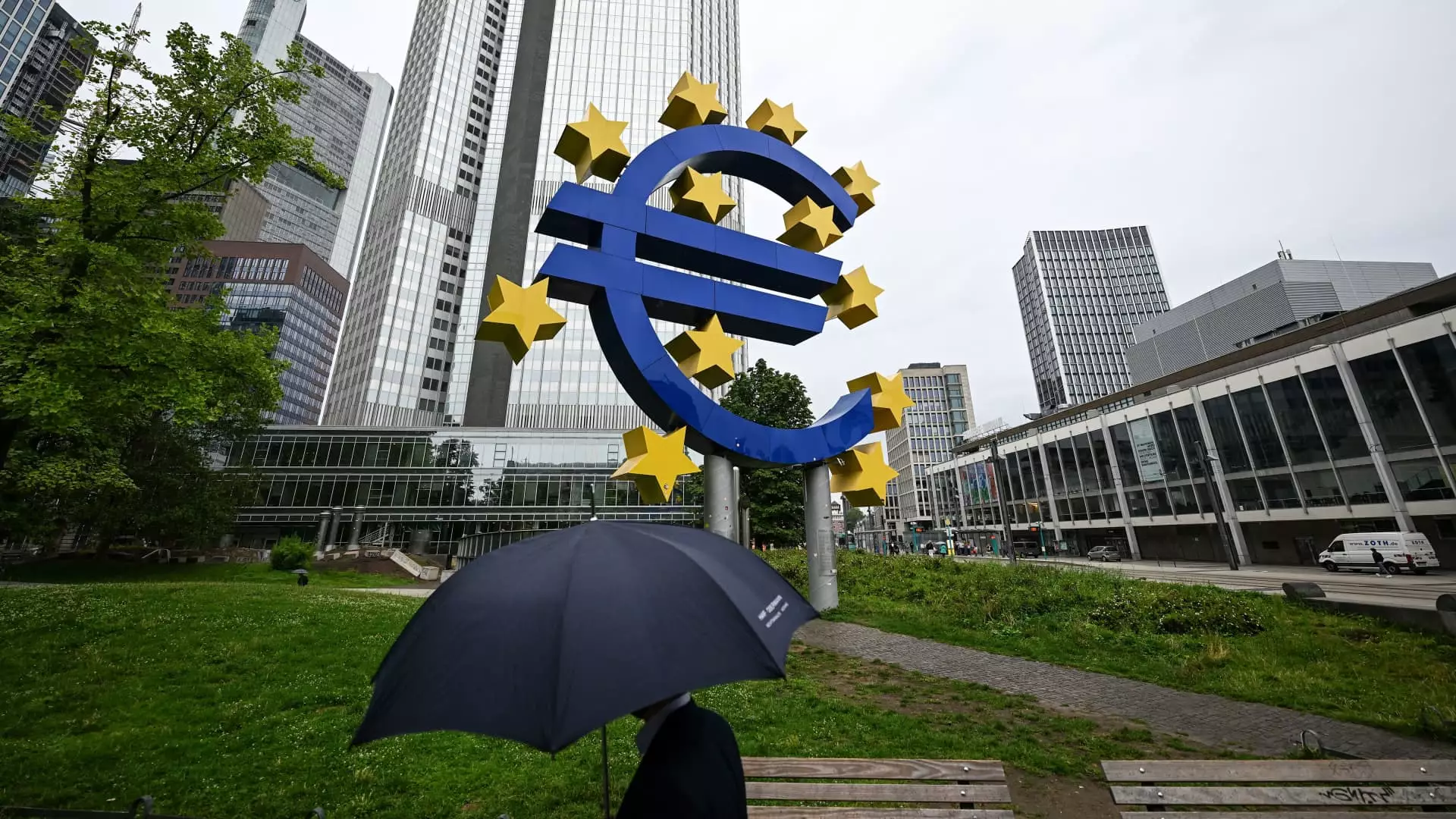After its monetary policy meeting, the European Central Bank (ECB) is expected to maintain interest rates at their current record high. However, investors seeking clarity on potential rate cuts may be left disappointed. This article examines the market expectations, recent comments from ECB officials, and economic factors that may influence future monetary policy decisions.
According to a Reuters analysis of LSEG data, markets are pricing in a 60% probability of the first rate cut occurring in April, despite numerous ECB officials expressing concerns about premature easing. Some investors initially anticipated a rate cut in March but have since pushed back their expectations. Dutch Central Bank President Klaas Knot argues that these market bets may be “self-defeating” as excessive easing reduces the likelihood of rate cuts.
ECB President Christine Lagarde has acknowledged the possibility of a summer rate cut but remains cautious and data-dependent in her final outlook. Lagarde’s comments suggest that the ECB is not yet ready to declare victory in the fight against low inflation and may defer a rate cut until later in the year.
Headline euro area inflation increased to 2.9% in December, primarily driven by base effects from the energy market. However, core inflation fell to 3.4% from 3.6%. Although price increases have cooled faster than expected, the ECB is concerned about geopolitical volatility, the labor market, and the conclusion of European wage negotiations in late spring. These factors may influence the timing of a policy pivot and potential rate cuts.
Economists’ Views
Economists at BNP Paribas argue that lower inflation and balanced inflation risks support a policy pivot in April, with potential cuts amounting to 125 basis points throughout the year. On the other hand, UBS economists predict an April rate cut but lack confidence in their forecast, citing the need for additional data releases. Berenberg economists disagree with the market’s expectations of a 25-basis-point cut in April and nearly 150 basis points of rate cuts by 2024. They suggest that wage data and a full set of growth and inflation staff projections, expected later in the year, make it more realistic for cuts to occur in June.
Economists at Société Générale adopt a more cautious approach by moving their first rate cut expectation from December to September. They acknowledge the high uncertainty surrounding the data, suggesting that no cuts this year may also be a possibility.
As the ECB holds interest rates steady at its current record high, investors are eagerly seeking guidance on potential rate cuts. Market expectations of a rate cut in April persist, despite some ECB officials warning against premature easing. Inflation, labor market dynamics, and upcoming economic data releases are likely to influence the ECB’s future monetary policy decisions. The outlook remains uncertain, emphasizing the need for caution and data-dependency in forecasting rate cuts.


Leave a Reply